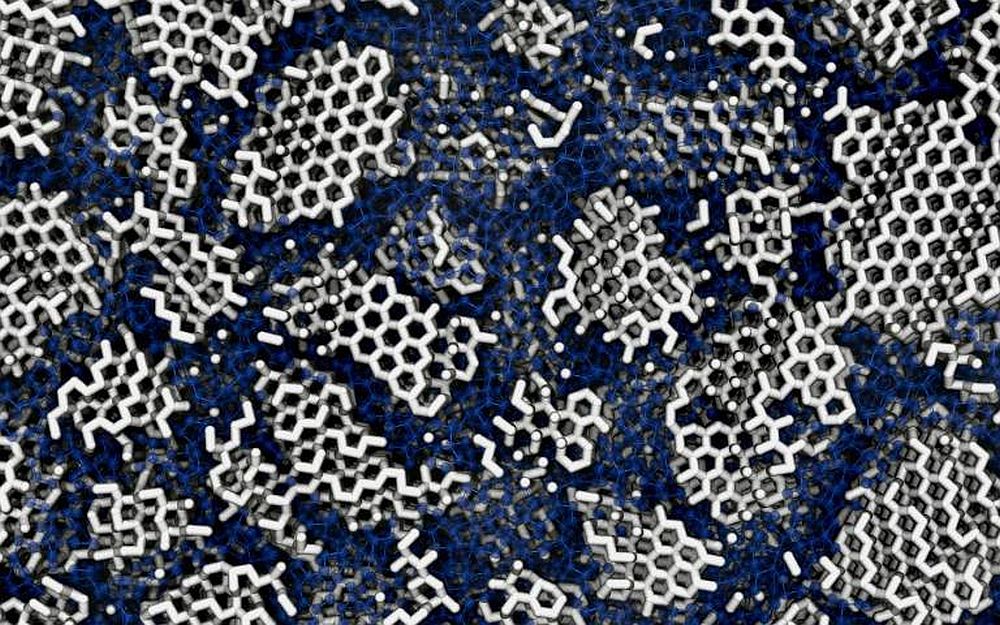
[Image above] Technicians carefully lower the Mars Oxygen In-Situ Resource Utilization Experiment (MOXIE) instrument into the belly of the Perseverance rover. The goal of MOXIE is to demonstrate the possibility of extracting oxygen from the carbon dioxide-rich Martian atmosphere. Credit: NASA/JPL-Caltech
When NASA announced the name of its new Mars rover in March of last year, “Perseverance” was chosen for its ability to capture the spirit of exploration. Considering the name now, it certainly proved prescient, as the COVID-19 pandemic caused scientists to face entirely new obstacles that required them to persevere.
The unwitting appropriateness of the name was not lost on the mission’s project leaders, who discussed the difficulties of bringing Perseverance to launch during the middle of a pandemic in the video below. Fortunately, Perseverance successfully launched on July 30, 2020, and safely touched down on Mars this February 18.

Credit: NASA Jet Propulsion Laboratory, YouTube
Since the rover landed, the Perseverance mission team has successfully conducted several planned demonstrations, including the first powered, controlled flight of an aircraft on Mars and capturing the sounds of driving on Mars. One demonstration in particular has Mars enthusiasts excited—extraction of oxygen from the Martian atmosphere.
“Oxygen isn’t just the stuff we breathe. Rocket propellant depends on oxygen, and future explorers will depend on producing propellant on Mars to make the trip home,” Jim Reuter, associate administrator of NASA’s Space Technology Mission Directorate, explains in a NASA press release. Thus, developing a way to convert the thin, carbon dioxide-rich Martian atmosphere into oxygen is essential for achieving manned Martian missions in the future.
The Mars Oxygen In-Situ Resource Utilization Experiment (MOXIE) is a toaster-sized experimental instrument aboard Perseverance that aims to perform the CO2-to-oxygen conversion through solid oxide electrolysis. A NASA facts sheet explains that stacked scandia-stabilized zirconia electrolyte-supported cells are the basis for the MOXIE electrolyzer system.
The first test of MOXIE’s abilities took place on April 20. Though the oxygen production was quite modest—about 5 grams, equivalent to about 10 minutes’ worth of breathable oxygen—the fact that it succeeded is a significant milestone.
The Perseverance team plans to have MOXIE extract oxygen at least nine more times over the course of a Martian year (nearly two years on Earth). These oxygen-production runs will come in three phases:
- Phase one—Check out and characterize the instrument’s function.
- Phase two—Run the instrument in varying atmospheric conditions, such as at different times of day and seasons.
- Phase three—Try new operating modes or introduce new “wrinkles,” such as comparing operations at three or more different temperatures during a single run.
Learn more about how MOXIE works in the video below. The video includes an important correction at 3:00 calling out the misuse of an early design drawing that appears frequently in articles reporting on MOXIE.

Credit: Mars Report, YouTube
Author
Lisa McDonald
CTT Categories
- Aeronautics & Space


